CompareGuru Financial Services is an authorised financial services provider FSP. 47696
Last year, our retail industry earned a staggering R1 trillion in sales. Despite the 1% VAT increase, we’re still not slowing down…
At the beginning of May, Statistics South Africa released a new fact sheet pertaining to the country’s retail trade industry. After releasing its latest retail trade sales report, the new fact sheet focuses on some of the bigger aspects and gives us five top facts:
 Following the 1% VAT increase and the looming price hike of petrol – 2018 has been a little calmer. According to MasterCard / SpendingPulse, though, sales are still growing.
Let’s take a closer look at the findings.
Following the 1% VAT increase and the looming price hike of petrol – 2018 has been a little calmer. According to MasterCard / SpendingPulse, though, sales are still growing.
Let’s take a closer look at the findings.
 To give you some insight into what kind of impact general dealers have – the second largest contributor was the clothing and textile stores with 18% of the sales.
According to Stats SA, the retail stores specialising in food and beverages saw their sales increase by 5% in 2017.
This was the second largest annual growth rate recorded across the various types of stores. First on that list was the miscellaneous All Other Retailers category.
Household goods, pharmaceuticals and clothing also saw increases, while hardware stores experienced a decline in sales.
To give you some insight into what kind of impact general dealers have – the second largest contributor was the clothing and textile stores with 18% of the sales.
According to Stats SA, the retail stores specialising in food and beverages saw their sales increase by 5% in 2017.
This was the second largest annual growth rate recorded across the various types of stores. First on that list was the miscellaneous All Other Retailers category.
Household goods, pharmaceuticals and clothing also saw increases, while hardware stores experienced a decline in sales.

 Following that we had pharmaceutical goods and women’s clothing as the second and third most coveted products. They contributed to 5.4% and 5% of total sales, respectively.
Following that we had pharmaceutical goods and women’s clothing as the second and third most coveted products. They contributed to 5.4% and 5% of total sales, respectively.

- South Africans spent R31 900 per second in retail stores in 2017;
- General dealers are responsible for 44% of those sales;
- Meat accounts for 8.1% of total sales income;
- Non-specialised stores are the largest employer;
- Non-specialised stores also pay the lowest salaries.
 Following the 1% VAT increase and the looming price hike of petrol – 2018 has been a little calmer. According to MasterCard / SpendingPulse, though, sales are still growing.
Let’s take a closer look at the findings.
Following the 1% VAT increase and the looming price hike of petrol – 2018 has been a little calmer. According to MasterCard / SpendingPulse, though, sales are still growing.
Let’s take a closer look at the findings.
Do you know who has been rated the best and worst supermarkets in SA! We found out!
Retail Growth And Sales
General dealers, such as supermarkets, saw a growth of only 1.1% last year. Despite the sluggish growth, they still dominated the entire industry in terms of sales value. 44% of all money spent at retail stores was spent at general dealers. To give you some insight into what kind of impact general dealers have – the second largest contributor was the clothing and textile stores with 18% of the sales.
According to Stats SA, the retail stores specialising in food and beverages saw their sales increase by 5% in 2017.
This was the second largest annual growth rate recorded across the various types of stores. First on that list was the miscellaneous All Other Retailers category.
Household goods, pharmaceuticals and clothing also saw increases, while hardware stores experienced a decline in sales.
To give you some insight into what kind of impact general dealers have – the second largest contributor was the clothing and textile stores with 18% of the sales.
According to Stats SA, the retail stores specialising in food and beverages saw their sales increase by 5% in 2017.
This was the second largest annual growth rate recorded across the various types of stores. First on that list was the miscellaneous All Other Retailers category.
Household goods, pharmaceuticals and clothing also saw increases, while hardware stores experienced a decline in sales.
SAVE up to 30% on car insurance today! Get a quote here!

Make It Rain
Looking at data from 2014/15 – Stats SA combed through a detailed list of products to determine that meat was the most popular commodity among South Africans. Meat sales contributed to 8.1% of total sales income in that period. Following that we had pharmaceutical goods and women’s clothing as the second and third most coveted products. They contributed to 5.4% and 5% of total sales, respectively.
Following that we had pharmaceutical goods and women’s clothing as the second and third most coveted products. They contributed to 5.4% and 5% of total sales, respectively.
Employees Of The Retail Sector
Again taking data from 2014/15, Stats SA determined that over one third of the 812 104 retail employees worked in non-specialised stores. These are your average supermarkets. Clothing retailers employed 23% of the industry workforce. The hardware and F&B industries only employed 7% each. The average annual salary for an employee of a non-specialised store, in that period, was R66 044. This comes to around R5 500 a month. It is way lower than the industry average annual salary of R93 632. Those in the pharmaceutical industry, however, earned way more with an average annual salary of R156 107.



